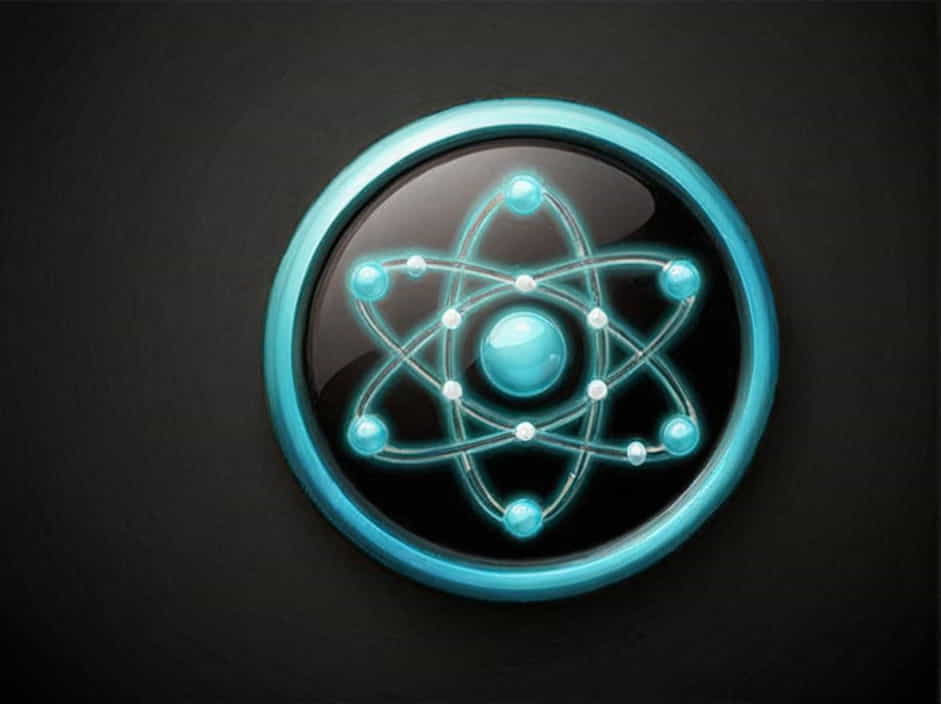Tritium is a rare and radioactive isotope of hydrogen. Unlike the most common hydrogen isotope, which has no neutrons, tritium has additional subatomic ptopics that give it unique properties. One of the key aspects of tritium’s atomic structure is the number of neutrons it contains.
In this topic, we will discuss how to determine the number of neutrons in tritium, its atomic composition, properties, and real-world applications.
Atomic Structure of Tritium
Before identifying the number of neutrons in a tritium atom, let’s understand the structure of hydrogen isotopes.
1. What Is an Isotope?
Isotopes are variants of an element that have the same number of protons but a different number of neutrons. Hydrogen has three naturally occurring isotopes:
-
Protium ( ^1H ) – 1 proton, 0 neutrons
-
Deuterium ( ^2H ) – 1 proton, 1 neutron
-
Tritium ( ^3H ) – 1 proton, 2 neutrons
2. How Many Neutrons Are in Tritium?
To determine the number of neutrons in tritium, we use the formula:
For tritium:
-
Mass Number = 3 (since its atomic mass is approximately 3 amu)
-
Atomic Number = 1 (because hydrogen always has one proton)
Thus, tritium has 2 neutrons in its nucleus.
Properties of Tritium
1. Atomic Composition
-
Protons: 1
-
Neutrons: 2
-
Electrons: 1 (in a neutral atom)
2. Radioactive Nature
Unlike protium and deuterium, tritium is radioactive. It undergoes beta decay, where a neutron transforms into a proton, emitting a beta ptopic (electron). This process changes tritium into helium-3.
3. Half-Life of Tritium
Tritium has a half-life of approximately 12.3 years, meaning that over this period, half of a tritium sample will decay into helium-3.
How Tritium Differs from Protium and Deuterium
| Property | Protium ( ^1H ) | Deuterium ( ^2H ) | Tritium ( ^3H ) |
|---|---|---|---|
| Protons | 1 | 1 | 1 |
| Neutrons | 0 | 1 | 2 |
| Electrons | 1 | 1 | 1 |
| Stability | Stable | Stable | Radioactive |
| Occurrence | Most common | Rare (~0.015%) | Very rare |
Uses of Tritium
1. Nuclear Fusion Research
Tritium is used in experimental nuclear fusion reactors, such as those being developed for clean energy production. It is often combined with deuterium in fusion reactions.
2. Self-Luminous Devices
Due to its weak radiation, tritium is used in glow-in-the-dark devices, including:
-
Watch dials
-
Exit signs
-
Gun sights
3. Medical Applications
Tritium-labeled compounds are used in biomedical research, including tracing biological processes and studying DNA synthesis.
4. Environmental and Hydrological Studies
Scientists use tritium to study water movement and pollution levels in oceans, rivers, and groundwater.
Tritium in Nature and Production
1. Natural Occurrence
Tritium is extremely rare in nature and is mainly formed through:
-
Cosmic ray interactions with the atmosphere
-
Nuclear reactions in stars
2. Artificial Production
Tritium is produced in nuclear reactors through reactions involving lithium-6 and neutrons.
This reaction is crucial for tritium’s use in fusion reactors and nuclear weapons.
Safety and Handling of Tritium
1. Radiation Safety
Tritium emits low-energy beta radiation, which is not harmful externally but can be dangerous if inhaled or ingested.
2. Containment Measures
-
Tritium is often stored as tritiated water (HTO) or metal hydrides to prevent leakage.
-
Proper ventilation is required in facilities handling tritium.
3. Environmental Concerns
Tritium contamination in water sources is a concern near nuclear power plants. However, its low radiation energy means it poses minimal health risks in small amounts.
Frequently Asked Questions (FAQs)
Q1: Can tritium be used as a fuel?
Yes, tritium is a potential fuel for nuclear fusion, which could provide a nearly limitless energy source in the future.
Q2: Why does tritium decay into helium-3?
Tritium undergoes beta decay, where a neutron transforms into a proton, creating helium-3 and releasing an electron.
Q3: Is tritium found in drinking water?
Yes, but in extremely low concentrations. Tritium levels in drinking water are usually well below the safety limits set by environmental agencies.
Q4: Can humans see tritium glowing?
No, tritium does not glow on its own. However, it is mixed with phosphor-coated materials to produce visible light in self-luminous devices.
Tritium is a radioactive isotope of hydrogen with one proton, two neutrons, and one electron. It is used in nuclear fusion research, self-luminous devices, medical applications, and environmental studies.
Despite being radioactive, its low-energy beta radiation makes it relatively safe for controlled use. Understanding tritium and its properties helps in scientific advancements and energy research.
